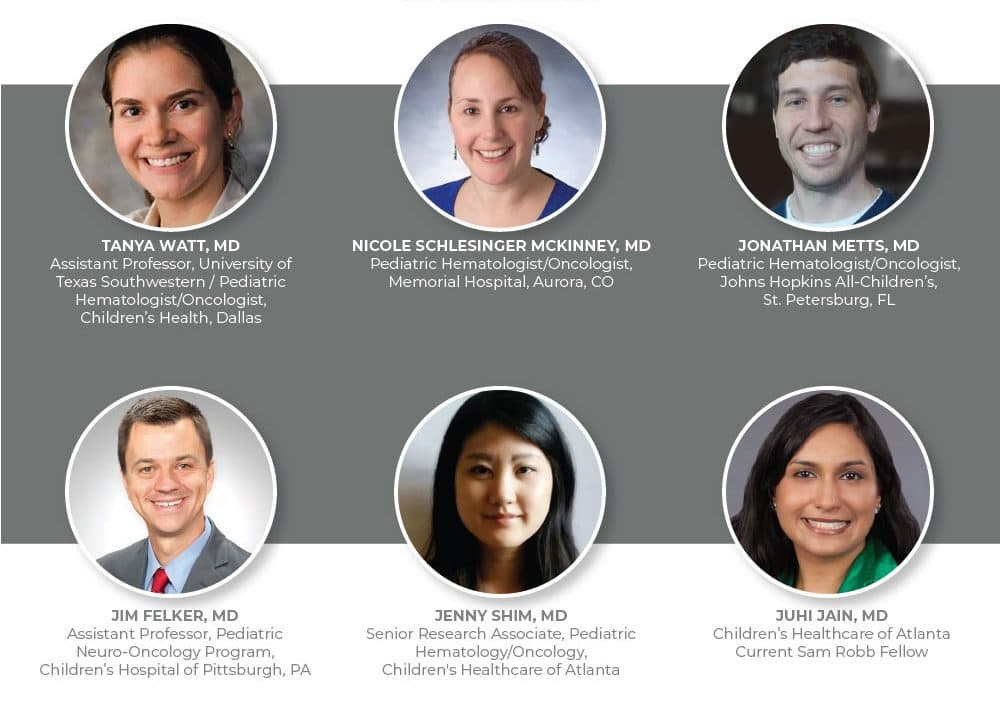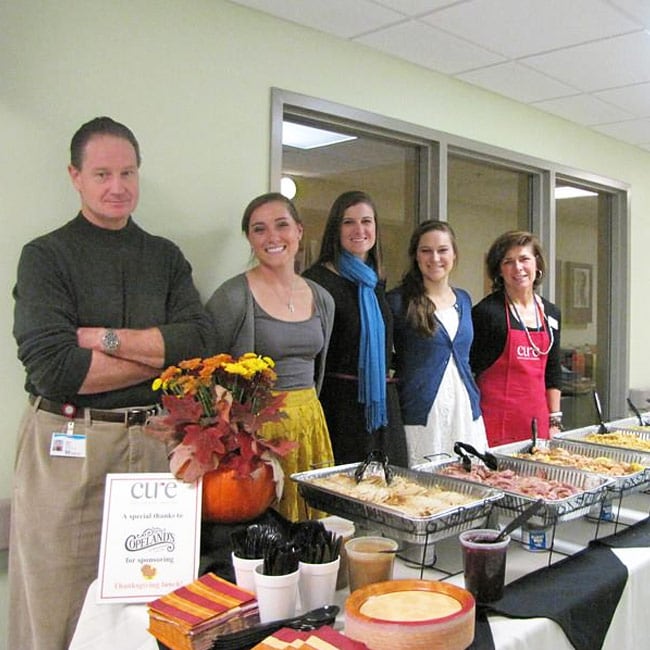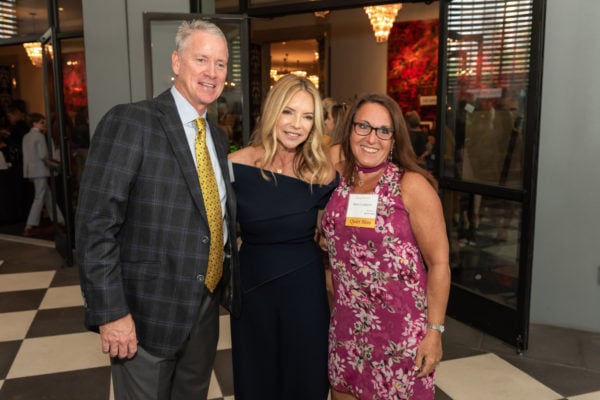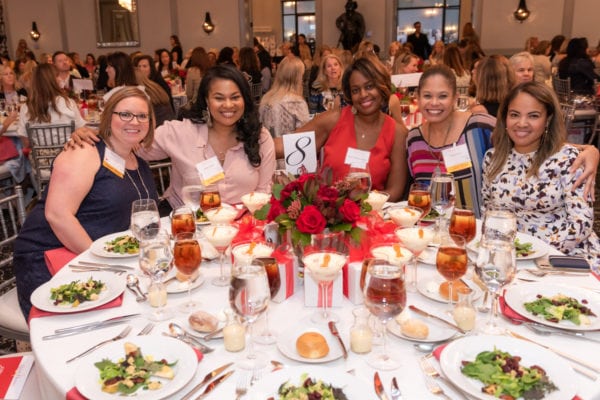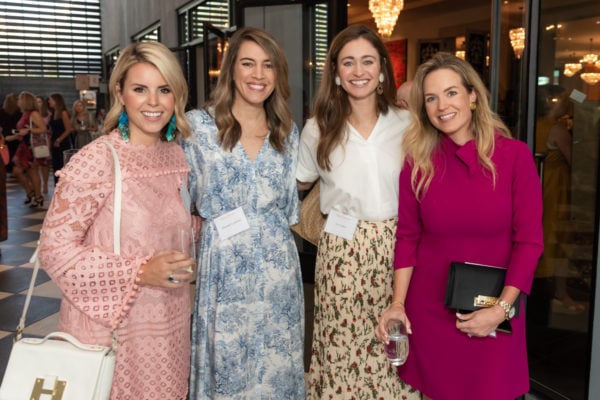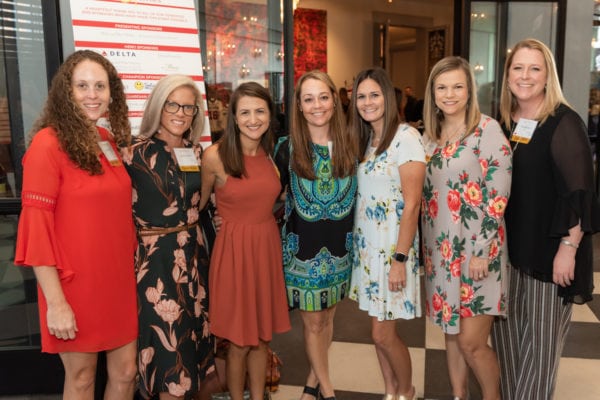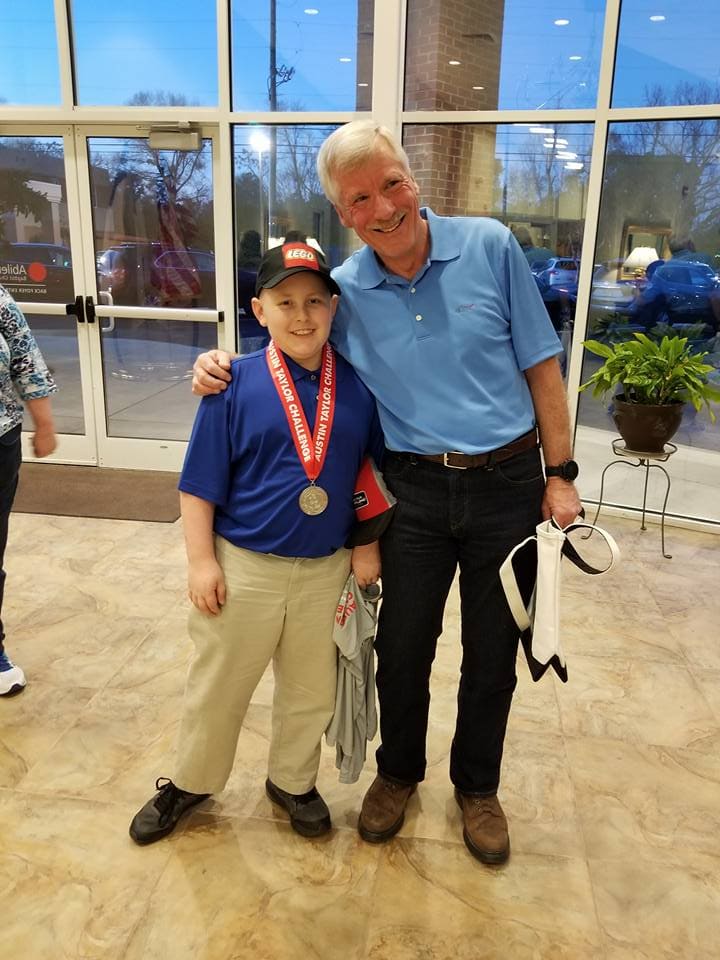
Kristin Connor Honored as a “Woman Who Means Business”
Every year, the Atlanta Business Chronicle recognizes influential business leaders with a Women Who Mean Business Award. CURE is pleased to share that our Executive Director, Kristin Connor, has been selected as a winner of this prestigious award.
Kristin began her career as a business litigator in 1994. But her world was turned upside down in 2001 when her newborn son, Brandon, was diagnosed with an aggressive form of childhood cancer called neuroblastoma. At the time, this type of childhood cancer had a 40-50% five-year survival rate. Kristin was immersed into a world of suffering for which she wasn’t prepared. Thankfully, Brandon was declared cancer-free and is now a healthy 18-year-old. But Kristin was forever changed by the experience. She had seen tremendous suffering and built strong bonds with parents fighting for the lives of their children. She couldn’t look away.
Kristin quickly realized that she had to direct all of her time and energy – and her skills as an advocate – to fighting childhood cancer. In 2004, Kristin transitioned from law to the nonprofit sector. Her goal was, and still is, to do everything she can to advance scientific research so all children have a chance to grow up and realize their dreams.
Since taking the reins of CURE in 2006, the organization has raised more than $50 million. CURE has invested this money in innovative research which is moving the needle on survival rates of children with cancer. Under her leadership, CURE has also greatly expanded its support of patients and their families in Atlanta and throughout Georgia. The organization has grown from three employees to twenty, including a team of four in Savannah.
In 2006, CURE was investing about $250,000 annually in research. Now, CURE’s annual investment exceeds $4.3 million. In that time, survivorship rates have improved to over 80%, but that still isn’t good enough.
“My focus has always been on the mission of CURE Childhood Cancer – to improve outcomes for children with cancer and help their families through an unimaginably difficult journey,” Kristin said. “That mission drives every decision I make. By building a great team of dedicated, talented, mission-driven people, we’ve been able to grow and do more and more to advance science and serve families.”
In her time at CURE, the most difficult challenge for Kristin is being witness to the suffering of children and families. But the children are also her greatest source of inspiration.
“The children are incredibly brave and amazingly resilient,” Kristin said. “They push through their horrible treatments, finding a way to laugh and play and sing. They amaze me. Even when they are too sick to laugh and play, I am inspired by their fight and their trust. They trust us, as adults, to take care of things – to make them better. How do you turn away from that? They are counting on us.”
The entire CURE Childhood Cancer board of directors and staff would like to congratulate Kristin on this well-deserved award.
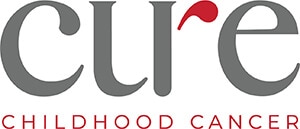
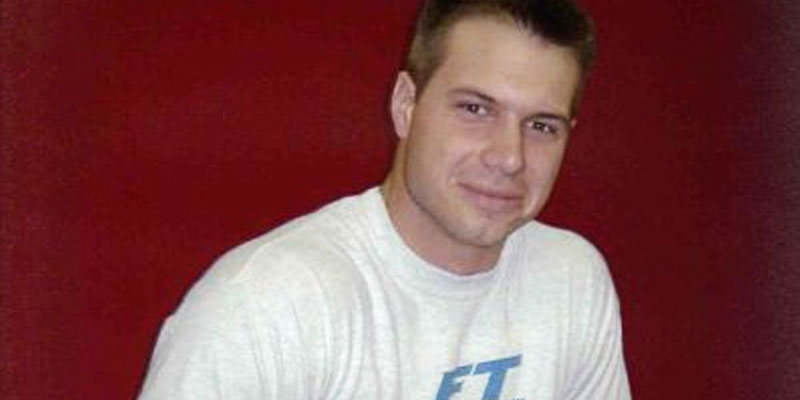
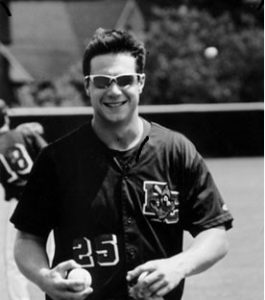 Sam was larger than life. As a sophomore in high school, he stood six feet five inches and weighed two hundred twenty-five pounds. He was a gifted athlete with a gregarious personality. When he was diagnosed with osteosarcoma, Sam tackled treatment just like he would an opponent on the field. Unfortunately, four years after treatment ended, he noticed that he got winded during exercise. Doctors discovered that Sam had relapsed with a tumor on his lung. Never one to give up, Sam created the mantra, “Fightin’ till the last breath!”
Sam was larger than life. As a sophomore in high school, he stood six feet five inches and weighed two hundred twenty-five pounds. He was a gifted athlete with a gregarious personality. When he was diagnosed with osteosarcoma, Sam tackled treatment just like he would an opponent on the field. Unfortunately, four years after treatment ended, he noticed that he got winded during exercise. Doctors discovered that Sam had relapsed with a tumor on his lung. Never one to give up, Sam created the mantra, “Fightin’ till the last breath!”